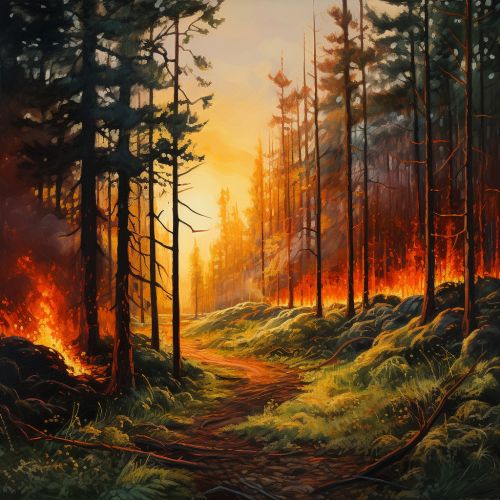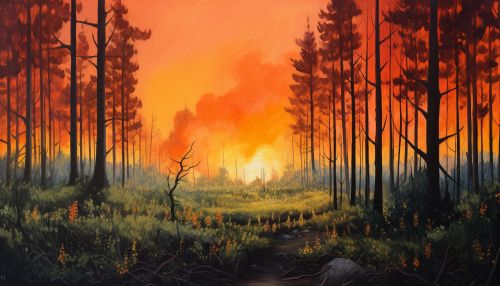The Science of Wildfire Behavior and Management
Introduction
Wildfires, also known as forest fires, are uncontrolled fires that rapidly spread across vegetation and forest areas. They are a natural part of many ecosystems, but can cause extensive damage and loss of life and property. The science of wildfire behavior and management involves understanding the causes, behavior, and effects of wildfires, and developing strategies to prevent, control, and mitigate their impact.
Wildfire Behavior
Wildfires are complex phenomena that involve the interaction of fire with the atmosphere, vegetation, and topography. The behavior of a wildfire is influenced by a variety of factors, including the type and condition of the fuel (vegetation), the weather conditions, and the topography of the area.
Fuel
The type and condition of the fuel is a major factor in wildfire behavior. Different types of vegetation burn at different rates and intensities. For example, dry grasses can ignite easily and burn quickly, while dense forests can burn at high intensity. The moisture content of the vegetation also plays a crucial role. Dry vegetation is more susceptible to ignition and can burn more intensely than moist vegetation.
Weather
Weather conditions, particularly temperature, humidity, and wind, have a significant impact on wildfire behavior. High temperatures and low humidity can dry out vegetation, making it more susceptible to ignition. Wind can carry embers and spread the fire quickly.
Topography
The topography of the area can influence the direction and speed of a wildfire. Fires tend to spread uphill faster than downhill because heat rises. Steep slopes can also increase the speed of a wildfire by bringing the fuel closer to the fire.


Wildfire Management
Wildfire management involves a range of strategies to prevent, control, and mitigate the impact of wildfires. These strategies include fire prevention, fire suppression, and fire use.
Fire Prevention
Fire prevention involves reducing the risk of wildfires through activities such as public education, regulation of outdoor activities that can cause fires, and management of vegetation to reduce fuel loads.
Fire Suppression
Fire suppression involves efforts to extinguish wildfires or limit their spread. This can involve the use of firefighting crews, aircraft, and firefighting chemicals. Fire suppression also involves strategies such as creating firebreaks, which are gaps in vegetation that can slow or stop the spread of a fire.
Fire Use
Fire use, also known as prescribed burning, involves the intentional ignition of fires under controlled conditions to reduce fuel loads and decrease the risk of more severe wildfires. This strategy is based on the understanding that fire is a natural part of many ecosystems and can have beneficial effects, such as promoting the growth of certain plant species.
Effects of Wildfires
Wildfires can have both negative and positive effects. On the negative side, they can cause loss of life and property, degrade air quality, and contribute to climate change. On the positive side, they can stimulate the growth of certain plant species, create habitats for certain wildlife species, and reduce the risk of future wildfires by reducing fuel loads.
Conclusion
The science of wildfire behavior and management is a complex field that involves understanding the interplay of various factors that influence wildfire behavior and developing strategies to prevent, control, and mitigate the impact of wildfires. While wildfires can cause significant damage, they are also a natural part of many ecosystems and can have beneficial effects.
